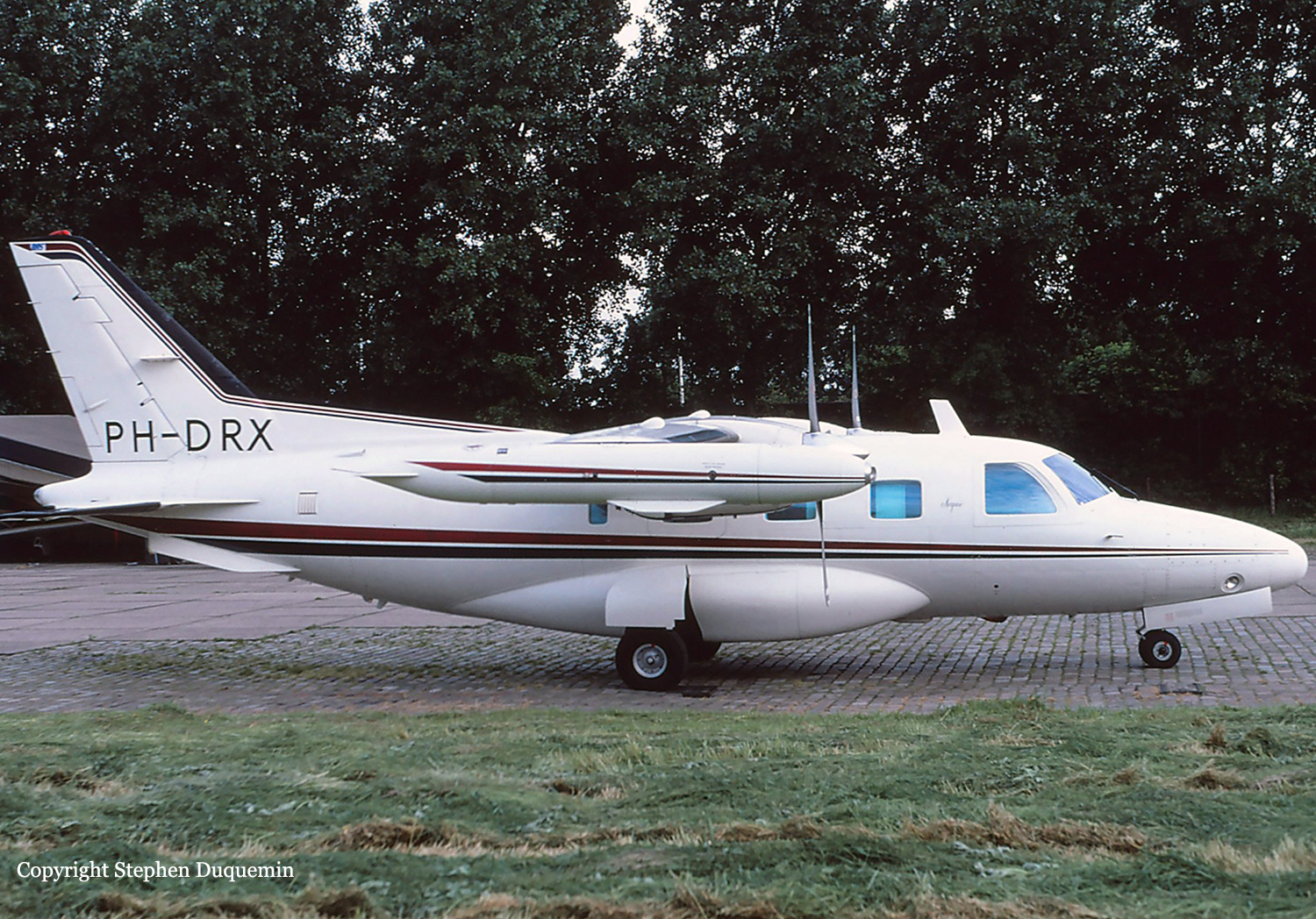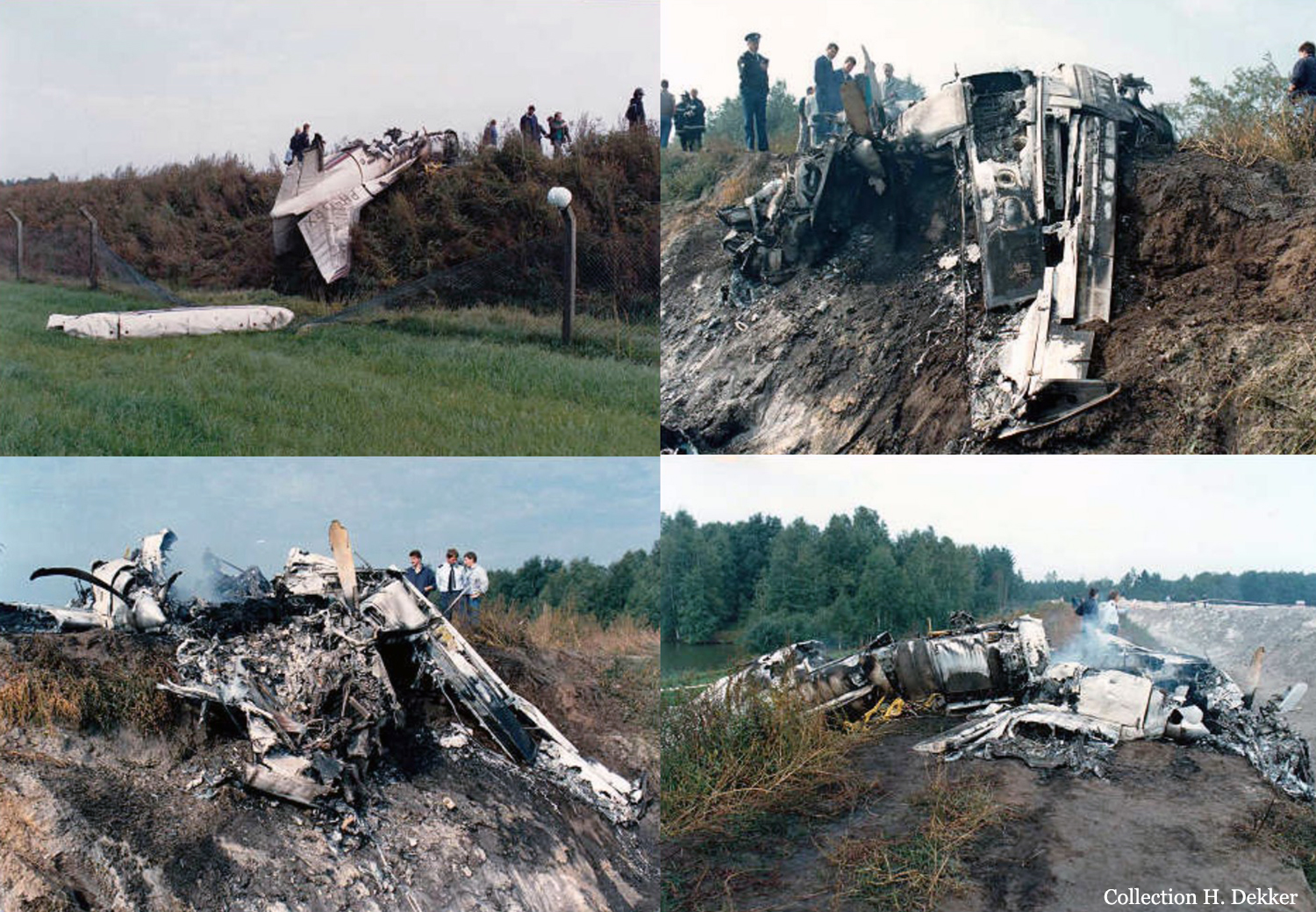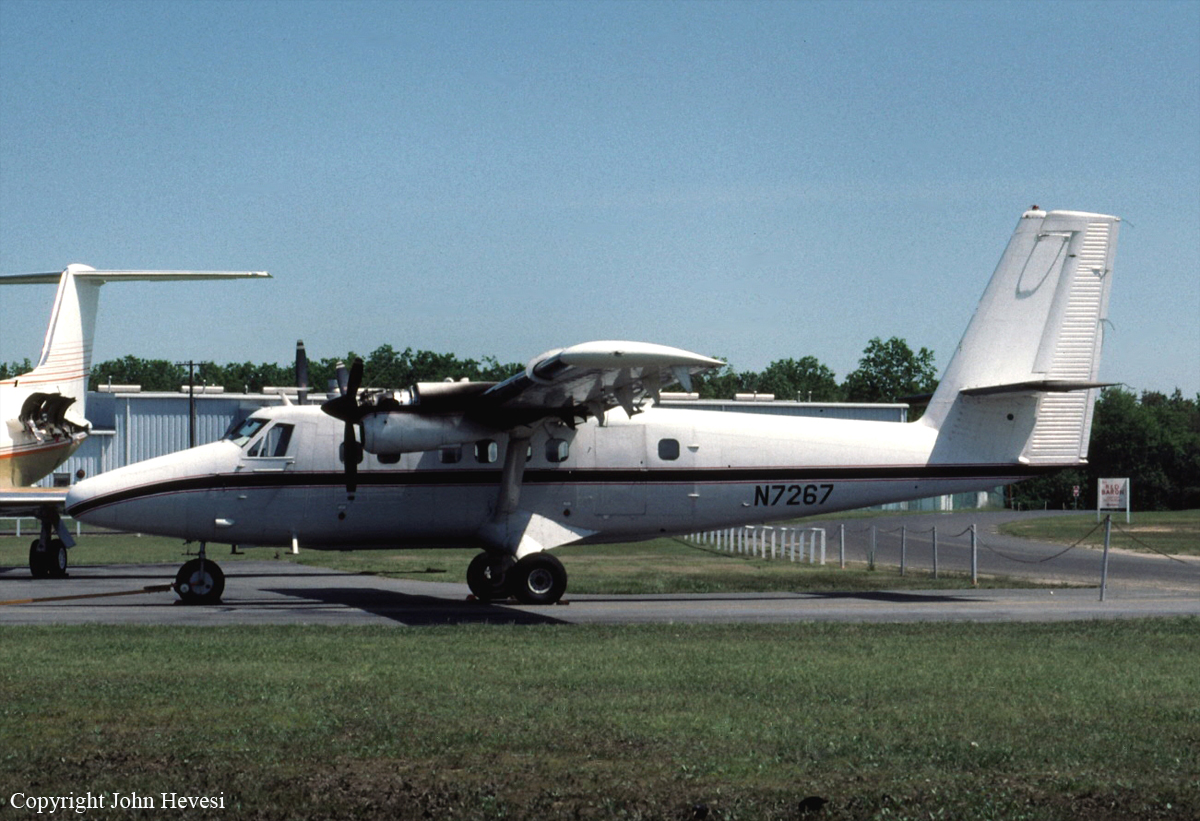Crash of a Beechcraft 65 Queen Air in Elko: 2 killed
Date & Time:
Nov 2, 1988 at 1453 LT
Registration:
N9AG
Survivors:
No
Schedule:
Elko - Farmington
MSN:
LC-51
YOM:
1960
Crew on board:
2
Crew fatalities:
Pax on board:
0
Pax fatalities:
Other fatalities:
Total fatalities:
2
Captain / Total hours on type:
103.00
Aircraft flight hours:
8945
Circumstances:
Approximately 10 minutes after takeoff, the pilot stated he was returning to land due to a problem. On final the aircraft rolled inverted and descended nose down into a residence. Engine examination revealed a failed supercharger intermediate drive shaft gear resulting in loss of supercharger on the right engine. The aircraft was approximately 300 lbs over max gross weight. The landing gear was down and the flaps were extended approx 20°. The left throttle was found in the full forward (high power) position. The right prop control was in full decrease rpm, high pitch and the right engine magneto switches were off. Witnesses had observed the aircraft descend to below traffic pattern altitude. At approx 200 feet agl a loud engine noise was heard and the slow flying aircraft pitched up, rolled right and descended vertically about 1/2 mile from the airport. The pilot had not declared an emergency or defined his problem. The pilot's last recorded flight in the Beech 65 was in February 1988. There was no record of a check-out or flight training in the aircraft. Both occupants were killed.
Probable cause:
Occurrence #1: loss of engine power (partial) - mech failure/malf
Phase of operation: climb - to cruise
Findings
1. (f) accessory drive assy, drive gear - worn
2. (f) exhaust system, turbocharger - failure, total
----------
Occurrence #2: loss of control - in flight
Phase of operation: approach - vfr pattern - final approach
Findings
3. (f) weather condition - gusts
4. (c) in-flight planning/decision - inadequate - pilot in command
5. (c) airspeed (vmc) - not maintained - pilot in command
6. (f) inadequate training (emergency procedure(s)) - pilot in command
7. (f) lack of recent experience in type of aircraft - pilot in command
8. (f) aircraft weight and balance - exceeded - company/operator management
----------
Occurrence #3: in flight collision with object
Phase of operation: descent - uncontrolled
Findings
9. Object - residence
Phase of operation: climb - to cruise
Findings
1. (f) accessory drive assy, drive gear - worn
2. (f) exhaust system, turbocharger - failure, total
----------
Occurrence #2: loss of control - in flight
Phase of operation: approach - vfr pattern - final approach
Findings
3. (f) weather condition - gusts
4. (c) in-flight planning/decision - inadequate - pilot in command
5. (c) airspeed (vmc) - not maintained - pilot in command
6. (f) inadequate training (emergency procedure(s)) - pilot in command
7. (f) lack of recent experience in type of aircraft - pilot in command
8. (f) aircraft weight and balance - exceeded - company/operator management
----------
Occurrence #3: in flight collision with object
Phase of operation: descent - uncontrolled
Findings
9. Object - residence
Final Report:








